
Explore the Sacred Heritage of Sarnath
Discover the serene archaeological wonders of Sarnath, where the Buddha imparted his teachings and history unfolds in tranquil surroundings.
Sarnath, an essential pilgrimage site, is where Buddha delivered his first sermon. Discover its ancient stupas, serene surroundings, and rich history that captivates every visitor.
A brief summary to Archaeological Buddhist Remains of Sarnath
- 92JF+42H, Rishpattan Rd, Varanasi, Sarnath, Uttar Pradesh, 221007, IN
- +915422595007
- Visit website
- Tuesday 8 am-6 pm
- Wednesday 8 am-6 pm
- Thursday 8 am-6 pm
- Friday 8 am-6 pm
- Saturday 8 am-6 pm
- Sunday 8 am-6 pm
Local tips
- Visit during early morning or late afternoon for cooler temperatures and beautiful lighting for photography.
- Don't miss the Archaeological Museum for a deeper understanding of the site's history.
- Engage with local monks for insights into Buddhist practices and teachings.
- Wear comfortable shoes as you'll be walking through extensive grounds and ruins.
Getting There
-
Auto-rickshaw
From the city center of Varanasi, head to the nearest auto-rickshaw stand. Auto-rickshaws are a popular mode of transport in Varanasi and can be easily found. Tell the driver you want to go to Sarnath, specifically to the Archaeological Buddhist Remains. The journey will take approximately 30-40 minutes, depending on traffic. The driver will take you along the Rishpattan Road. Once you arrive, look for the entrance to the archaeological site, which is located at 92JF+42H, Rishpattan Rd, Sarnath.
-
Cycle-rickshaw
If you prefer a more leisurely pace, find a cycle-rickshaw in the city center. Inform the rickshaw puller you want to reach Sarnath. The ride will take about 45 minutes to an hour. The cycle-rickshaw will navigate through the streets and lead you to the Rishpattan Road. Enjoy the scenic views as you approach the archaeological site located at 92JF+42H, Rishpattan Rd, Sarnath.
-
Public Bus
To use public transport, head to the nearest bus stop and look for a bus heading towards Sarnath. Buses are available from various parts of Varanasi. Confirm with the conductor or driver that the bus stops at Sarnath. Once you reach the Sarnath bus stop, you may need to walk a short distance (approximately 1 km) to the archaeological site located at 92JF+42H, Rishpattan Rd. Follow the signs or ask locals for directions to reach the entrance.
-
Walking
If you are staying near Sarnath or in a nearby area, consider walking to the Archaeological Buddhist Remains. The site is well-marked, and you can use a map or a mobile navigation app to guide you. The walk from central Sarnath to the site is about 1-2 kilometers and offers a chance to see the local area. Follow the roads leading to Rishpattan Road, where the entrance to the archaeological site is located at 92JF+42H.
Discover more about Archaeological Buddhist Remains of Sarnath
Iconic landmarks you can’t miss
Prachin Baudha Sthal
0.2 km
Discover the rich history and spiritual essence of Buddhism at Prachin Baudha Sthal in Sarnath, a serene archaeological site filled with ancient relics.
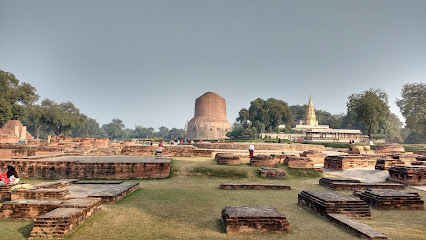
Dharmpal Monument
0.4 km
Explore the serenity and spiritual heritage of Dharmpal Monument in Sarnath, a profound Buddhist pilgrimage site near Varanasi, India.
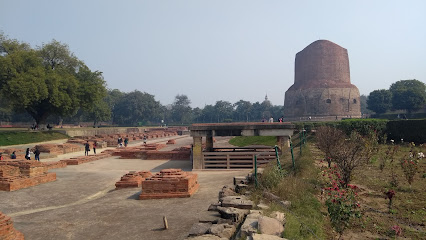
Sarnath
1.0 km
Discover Sarnath, the revered Buddhist site near Varanasi, rich in history and tranquility, perfect for spiritual seekers and cultural enthusiasts alike.
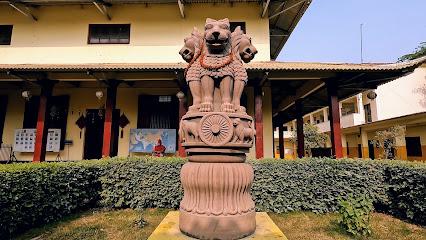
Varanasi Fun City
3.9 km
Experience the thrill of water adventures at Varanasi Fun City, a must-visit water park perfect for families and tourists seeking excitement.
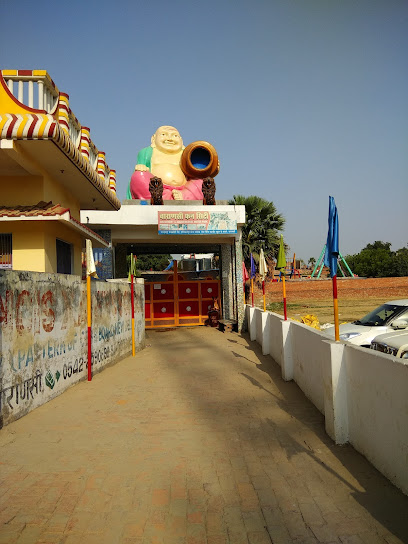
सत्तन का कुआँ
4.8 km
Discover the rich cultural heritage of Varanasi at this historical landmark, a captivating site that tells the story of India's glorious past.

प्राचीन कुआँ
5.6 km
Discover Prateen Kuan, a historical landmark in Varanasi that beautifully captures the essence of India's rich cultural heritage along the banks of the Ganges.

Archaeological Survey of India - Excavated Remains
6.2 km
Explore the echoes of history at the Archaeological Survey of India - Excavated Remains in Varanasi, where ancient stories come to life amidst serene landscapes.
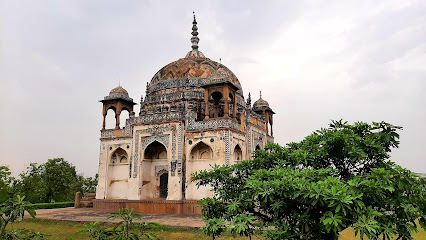
Satya Dham
6.2 km
Explore the serene beauty and rich cultural heritage of Satya Dham, a historical landmark in Varanasi, where spirituality meets artistry.
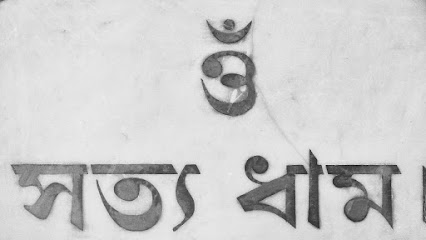
Kabir Chaura Math Varanasi
6.6 km
Explore Kabir Chaura Math, a sacred site in Varanasi that embodies the spiritual essence of the revered poet-saint Kabir, fostering unity and devotion.
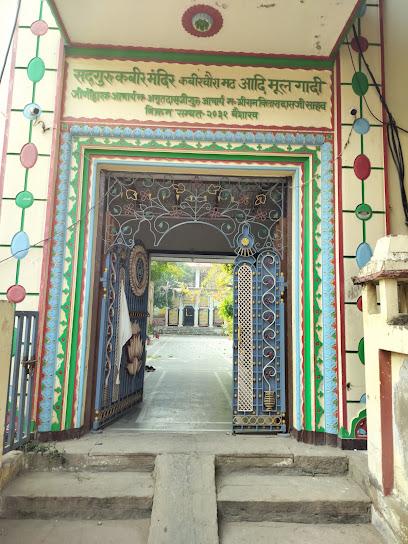
परमवीर चौक
6.8 km
Explore the stunning historical landmark of Parmar Chowk in Varanasi, a vibrant hub of culture and history waiting to be discovered.
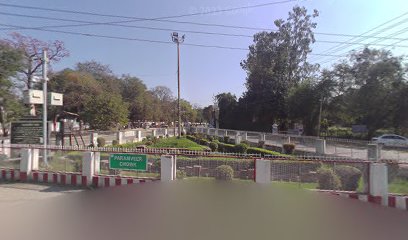
Varanasi In
6.8 km
Discover the enchanting Night Market of Varanasi, a vibrant hub of crafts, culinary delights, and cultural experiences waiting to be explored.
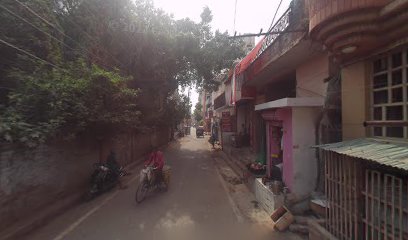
VARANASI TOUR
7.7 km
Explore Varanasi's rich culture and spiritual heritage with Varanasi Tour, your trusted travel agency for unforgettable experiences.
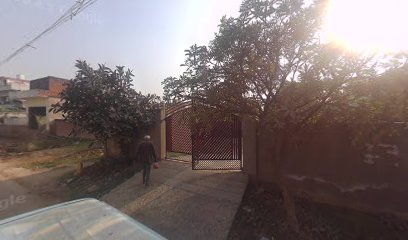
Manikarnika Ghat - Manikarnika Mahashamshan Ghat
7.8 km
Discover the spiritual heart of Varanasi at Manikarnika Ghat, where life, death, and heritage intertwine in a sacred journey.

Manikarnika Ghat
7.8 km
Experience the spiritual essence of Varanasi at Manikarnika Ghat, where life and death intertwine along the sacred banks of the Ganges River.

Shri Kashi Vishwanath Temple
7.8 km
Experience the spiritual essence of India at Shri Kashi Vishwanath Temple, a sacred haven in the heart of Varanasi that captivates every traveler.
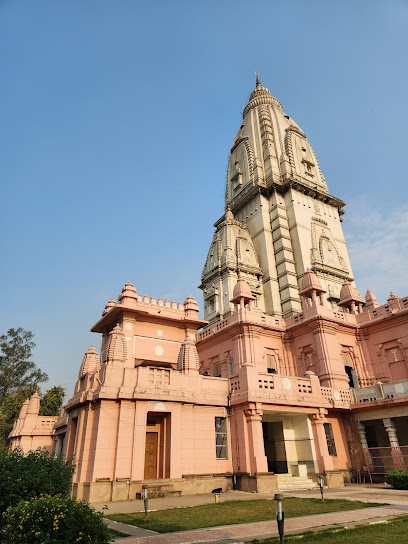
Unmissable attractions to see
Dhammarajika Stupa
0.1 km
Explore the serene Dhammarajika Stupa in Sarnath, a historic Buddhist monument, and experience a journey into spirituality and tranquility.
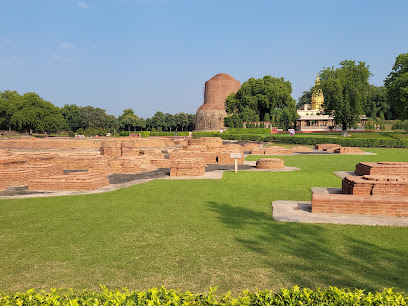
Sarnath Museum
0.1 km
Uncover the rich history of Buddhism at Sarnath Museum, home to exquisite artifacts and serene gardens, a must-visit for every traveler in Varanasi.
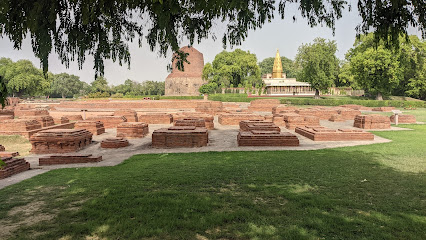
SinhPuri Shri Digamber Jain Temple ( Shreyanshnath birthplace)
0.1 km
Explore the serene SinhPuri Shri Digamber Jain Temple, a birthplace of peace and spirituality in the heart of Sarnath, India.
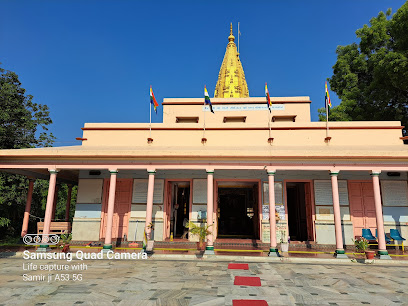
Bhgwan ShreyansNath Birth Place ( Jain temple )
0.1 km
Discover the serene beauty and rich heritage of the Bhgwan ShreyansNath Birth Place, a must-visit Jain temple in Sarnath, Varanasi.
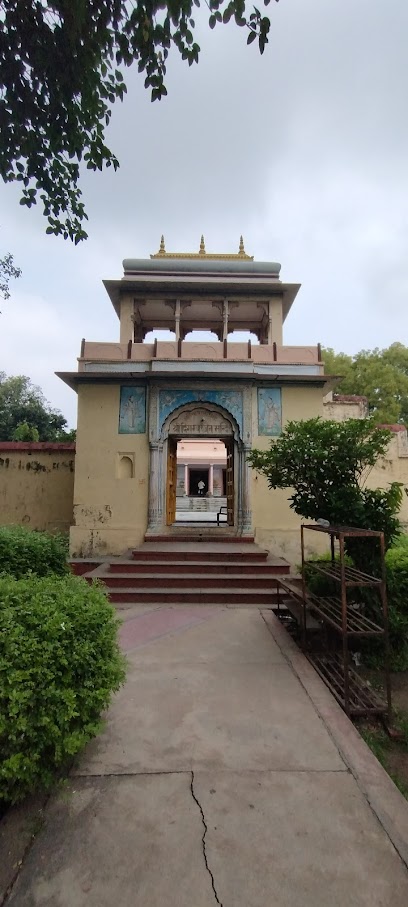
Mulagandha Kuti
0.1 km
Discover Mulagandha Kuti, a serene Buddhist temple in Sarnath, steeped in history and tranquility, perfect for spiritual seekers and nature lovers alike.
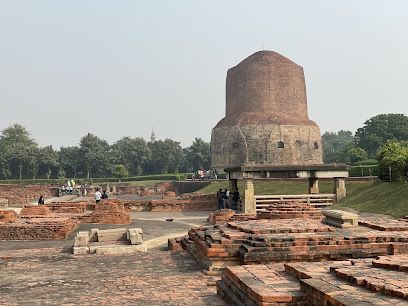
Ashoka Pillar
0.1 km
Explore the Ashoka Pillar in Sarnath, a historical landmark symbolizing peace and Buddhist teachings, reflecting India's ancient cultural heritage.
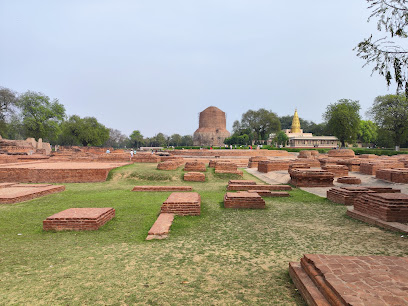
Sarnath archeology
0.1 km
Explore Sarnath, the historic site where Buddha shared his first teachings, surrounded by magnificent stupas and tranquil gardens.
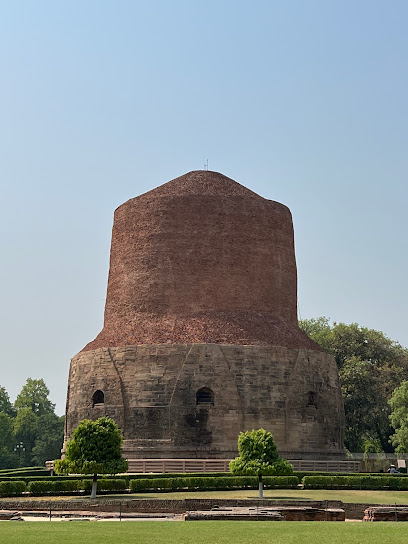
Dhamekh Stupa, Sarnath
0.2 km
Explore the Dhamekh Stupa in Sarnath, a monumental symbol of Buddhism and a serene retreat for spiritual seekers and history enthusiasts alike.
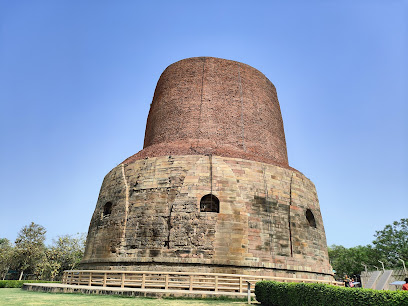
Wat Thai Varanasi buddha vipassana (วัดไทยพาราณสี พุทธวิปัสสนา)
0.2 km
Discover peace and spirituality at Wat Thai Varanasi, a stunning Buddhist temple in Sarnath, rich in heritage and tranquility.
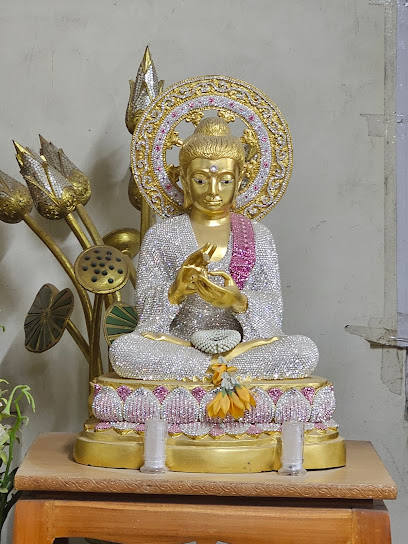
Sarnath Burmese Buddhist Temple
0.2 km
Discover peace and cultural richness at the Sarnath Burmese Buddhist Temple, a serene retreat for spiritual seekers and travelers alike.
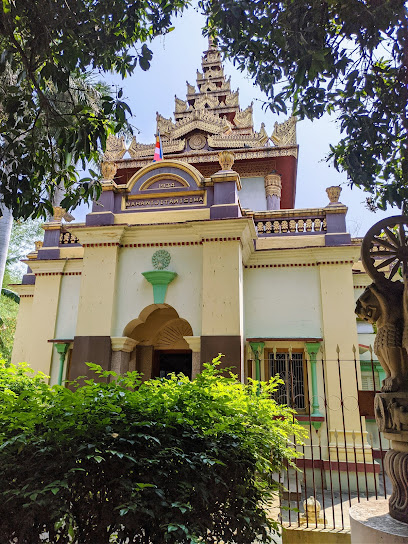
Ashokan Pillar Replica
0.2 km
Explore the Ashokan Pillar Replica in Sarnath, a serene historical landmark reflecting India's rich Buddhist heritage and artistry.
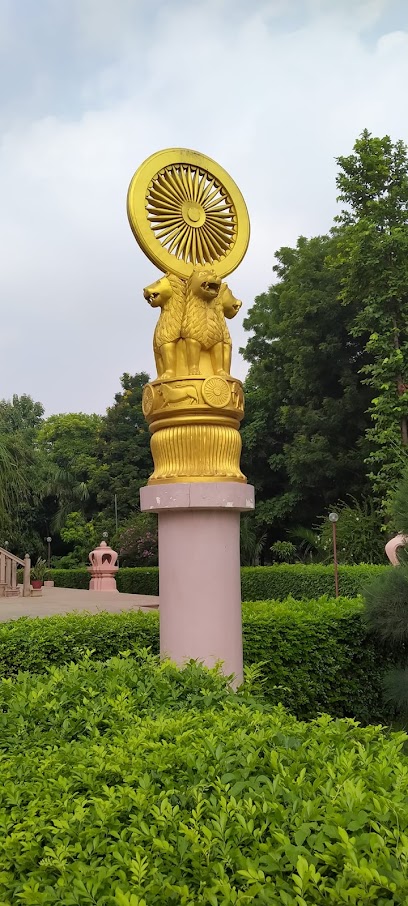
Wat Thai Sarnath Temple
0.2 km
Discover the serene beauty and spiritual significance of Wat Thai Sarnath Temple, a must-visit Buddhist temple in the heart of Sarnath.
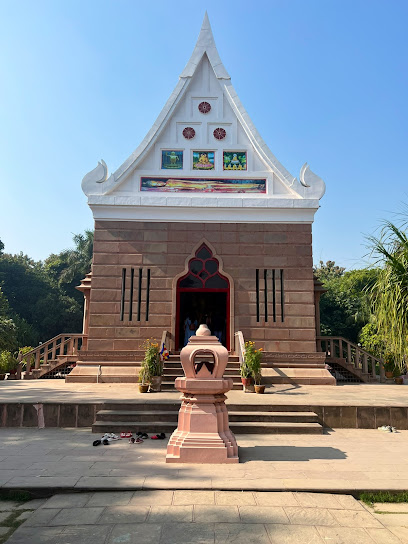
Sarnath archaeological garden
0.3 km
Explore the serene Sarnath Archaeological Garden, a historical landmark where Buddhism began, surrounded by lush greenery and ancient ruins.
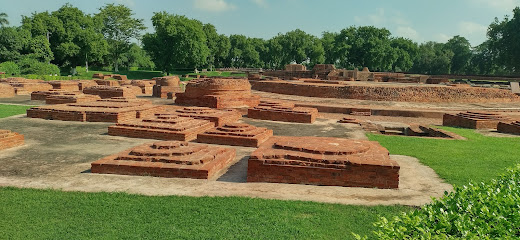
Anagarika Dharampala Museum Sarnath
0.3 km
Explore the rich heritage of Buddhism at Anagarika Dharampala Museum in Sarnath, a serene haven for history enthusiasts and spiritual seekers alike.
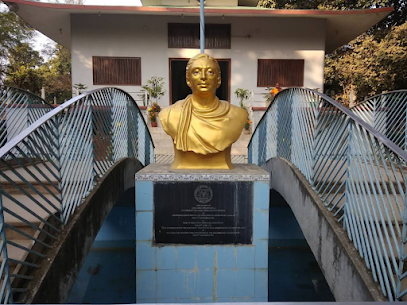
The Giant Buddha
0.3 km
Discover the tranquility of The Giant Buddha in Sarnath, a stunning Buddhist temple and a pivotal pilgrimage site steeped in history.
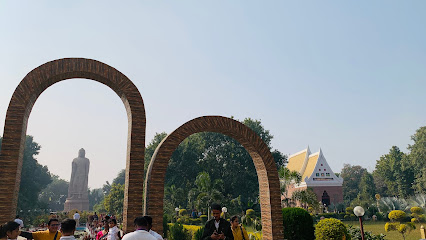
Essential places to dine
Green Hut Restaurant
0.1 km
Experience authentic Chinese flavors at Green Hut Restaurant in Sarnath – perfect for families seeking delicious fast food.
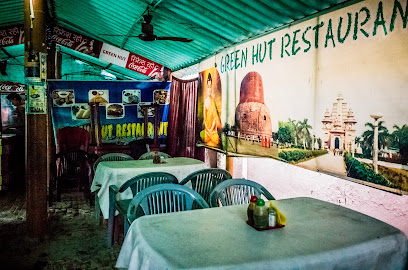
Lazania Restaurant
0.2 km
Experience delightful breakfasts at Lazania Restaurant, a family-friendly eatery near Sarnath Museum in vibrant Varanasi.
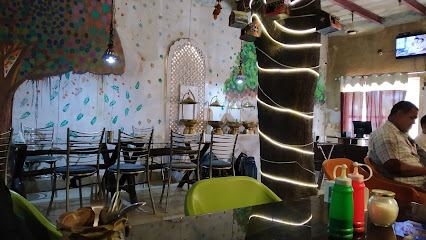
Kashi Gaon Restaurant - Unit of SARK Multimedia
0.4 km
Experience authentic Indian cuisine at Kashi Gaon Restaurant within the serene Buddha Theme Park in Sarnath, Varanasi.

Vaishali Restaurant
0.5 km
Discover delicious Indian vegetarian cuisine at Vaishali Restaurant in Sarnath – an affordable gem perfect for tourists seeking local flavors.

Rangoli Garden Restaurant
1.0 km
Discover delicious vegetarian cuisine and fast food options in a serene garden setting at Rangoli Garden Restaurant in Sarnath.
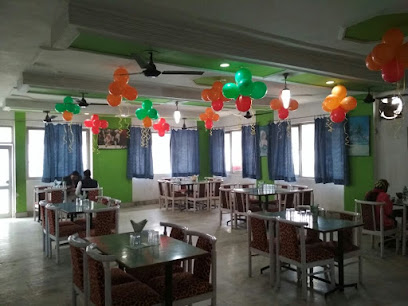
Shaakya Restaurant | Best Restaurant in Varanasi | Veg & Non-Veg
1.1 km
Discover diverse flavors at Shaakya Restaurant in Varanasi – where North Indian meets Continental cuisine amidst serene surroundings.

Restaurant UP-65
1.5 km
Experience the rich flavors of India at Restaurant UP-65 - A fine dining haven offering Indian, Chinese & Continental delicacies.

Veg Gali
1.8 km
Discover the flavors of vegetarian cuisine at Veg Gali in Varanasi – where North Indian meets American and Chinese delicacies.

Cilantro Restaurant
1.9 km
Experience authentic Indian cuisine at Cilantro Restaurant in Varanasi - where tradition meets taste in every dish.

Bollywood Tadka Restaurant
2.1 km
Discover the essence of Indian cuisine at Bollywood Tadka Restaurant - where flavors meet Bollywood charm in Varanasi.
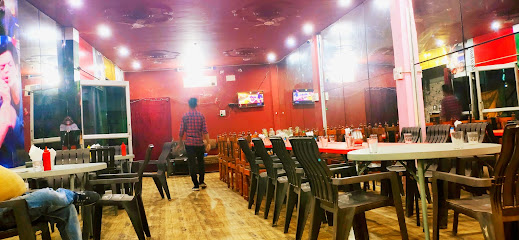
Cuisine Nation/Tasty Tadka
3.2 km
Experience authentic vegetarian cuisine at Cuisine Nation/Tasty Tadka in Varanasi, where traditional flavors meet modern hospitality.

Four Course, Varanasi
5.5 km
Experience an exquisite blend of North Indian, Chinese, and Mughlai cuisines at Four Course in Varanasi – where every meal tells a story.

Mom's Kitchen Varanasi
6.1 km
Discover authentic North Indian cuisine at Mom's Kitchen Varanasi—where every dish tells a story and flavors come alive.

Treat Cafe & Dine | Best Restaurant in Varanasi | Veg & Non-Veg | Family Restaurant
6.1 km
Experience culinary excellence at Treat Cafe & Dine in Varanasi—where every meal is a celebration of flavor and hospitality.

The King Family Restaurant
6.2 km
Discover the rich flavors of India at The King Family Restaurant in Varanasi – where tradition meets taste.
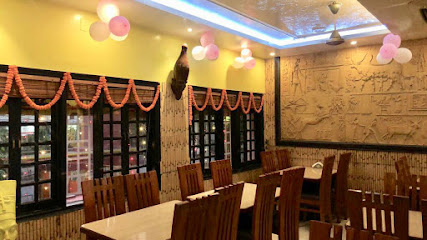
Markets, malls and hidden boutiques
Sarnath Provision & General Store
0.4 km
Discover local flavors and essential goods at Sarnath Provision & General Store, your go-to stop near the historic Thai Temple.

Kashi Bazaar
0.4 km
Discover the vibrant colors and traditions of India at Kashi Bazaar, a premier destination for authentic clothing and cultural treasures.

Sarnath Silk Handicraft
0.4 km
Explore Sarnath Silk Handicraft for exquisite silk garments and authentic souvenirs reflecting the rich textile heritage of Varanasi.
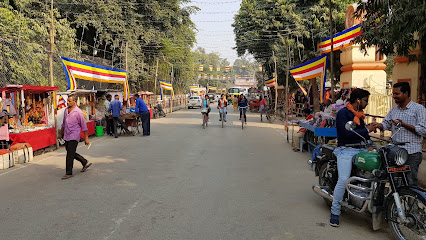
Sarnath Shop
0.6 km
Discover the essence of Indian tradition at Sarnath Shop, where exquisite sarees meet rich cultural heritage in the heart of Sarnath.
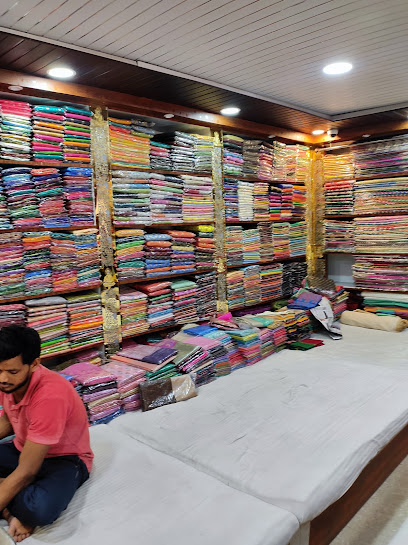
Isipatana Silk Emporium
0.9 km
Explore the artistry of silk weaving at Isipatana Silk Emporium in Sarnath, Varanasi, where each piece tells a story of tradition and craftsmanship.
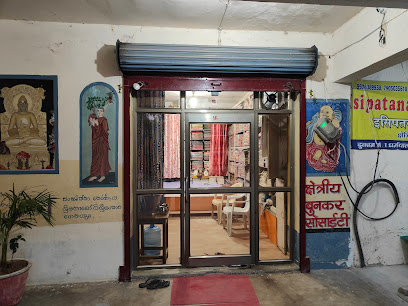
Om General Store
1.0 km
Explore Om General Store in Sarnath for unique cosmetics and local goods, a perfect blend of culture and craftsmanship in Varanasi.
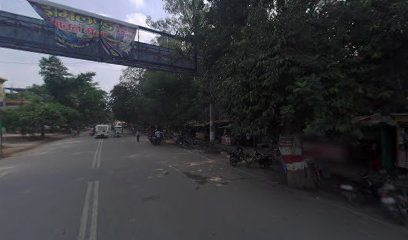
Cultural Banarasi Saree
1.0 km
Discover the rich heritage of Banarasi sarees at Cultural Banarasi Saree, a treasure trove of exquisite craftsmanship and vibrant designs in Varanasi.
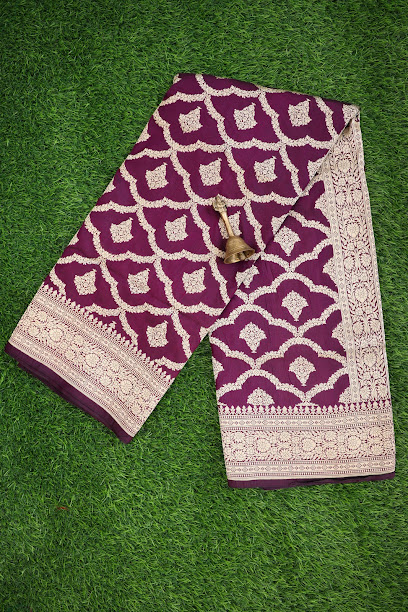
N V SHOPPE
1.0 km
Discover the vibrant N V Shoppe in Sarnath, Varanasi, where local culture meets convenience in a delightful shopping experience.

Rajkumar Shop
1.0 km
Explore the charm of Rajkumar Shop in Sarnath, where local handicrafts and snacks await every traveler seeking a taste of Varanasi.
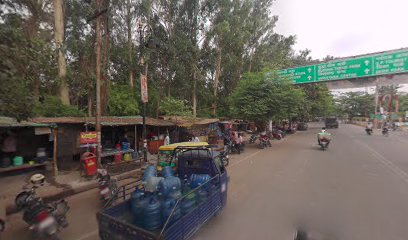
Gopal Kirana Store
1.1 km
Explore the authentic flavors of Sarnath at Gopal Kirana Store, your go-to grocery destination in Varanasi for local snacks and essentials.

Sarnath Pet's Shop
1.4 km
Discover a delightful pet haven at Sarnath Pet's Shop, where passion for animals meets quality care in Varanasi.

Baba Bob & Srijan Boutique
2.0 km
Explore the enchanting Baba Bob & Srijan Boutique for unique gifts, cosmetics, and home goods in the heart of Sarnath, Varanasi.

KASHI HOMES GIFT & DECOR
5.4 km
Discover Kashi Homes Gift & Decor: A unique gift shop in Varanasi offering handcrafted treasures and local artistry.

Sale Point
5.5 km
Discover unique souvenirs and gifts at Sale Point in Varanasi, a novelty store filled with dried flowers, toys, games, and more.

DESIGNER BOUTIQUE
5.6 km
Explore the Designer Boutique in Varanasi for unique clothing that captures the essence of Indian craftsmanship and contemporary style.
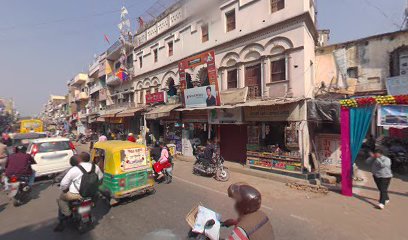
Essential bars & hidden hideouts
Tipsy Tales
1.9 km
Explore the culinary delights of Tipsy Tales in Sarnath, Varanasi, where exquisite flavors meet a cozy atmosphere for an unforgettable dining experience.

Flamingo Sky Bar
1.9 km
Discover the luxury of Flamingo Sky Bar in Varanasi, where breathtaking views meet exquisite dining in a vibrant atmosphere.

Beer Shop Asapur
2.2 km
Explore the vibrant atmosphere of Beer Shop Asapur in Sarnath, Varanasi, where local culture meets refreshing beverages.

Rahul Anda
2.2 km
Discover the lively atmosphere and refreshing drinks at Rahul Anda, a must-visit bar in Uttar Pradesh for tourists seeking a memorable experience.
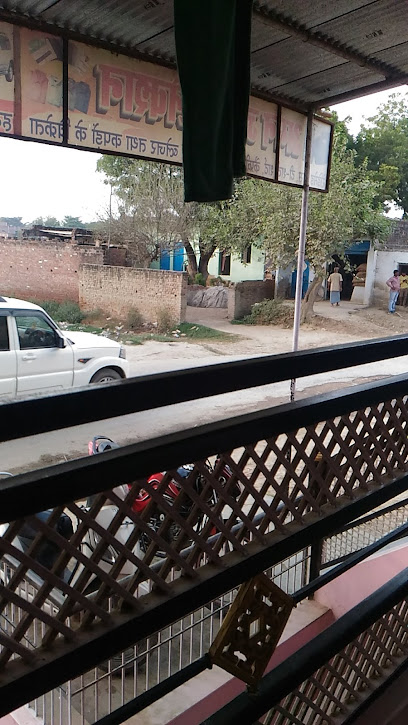
My Dream
2.8 km
Experience tranquility and fine beverages at My Dream lounge in Sarnath, Varanasi—a perfect retreat for relaxation after city exploration.

Cheers Bar & Restaurant - bar and restaurant in varanasi
4.1 km
Experience the vibrant flavors of Varanasi at Cheers Bar & Restaurant, a perfect blend of local cuisine and a lively atmosphere.

Beer Bar
4.8 km
Experience the lively atmosphere and diverse beer selection at Varanasi's favorite Beer Bar, a must-visit for any traveler.

Chahat Beer Bar And Restaurant
5.8 km
Discover the vibrant flavors of Varanasi at Chahat Beer Bar And Restaurant, a lively destination for food and drinks in the heart of the city.

Prinsep Bar
6.0 km
Experience the elegance of Prinsep Bar at Taj Ganges, where exquisite drinks meet the vibrant spirit of Varanasi.

Oakwood Bar
6.3 km
Discover the lively charm of Oakwood Bar in Varanasi, where exceptional drinks meet a vibrant atmosphere in a luxurious hotel setting.

Sol Haveli Bar
6.3 km
Discover vibrant nights at Sol Haveli Bar, a perfect blend of cocktails, music, and dance in the heart of Varanasi.
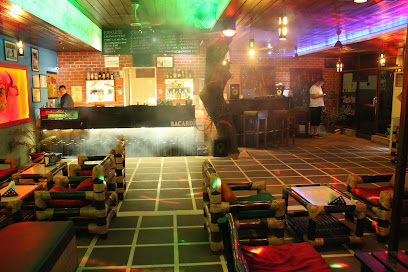
BAR BAR BANARAS
6.6 km
Experience the vibrant atmosphere of Bar Bar Banaras, where tradition meets modernity in the heart of Varanasi.

Tarang Bar
6.6 km
Discover the vibrant culture and lively ambiance at Tarang Bar, Varanasi's perfect blend of tradition and modernity.

Barcode Varanasi
6.7 km
Discover Barcode Varanasi, a chic lounge offering a vibrant atmosphere, delicious drinks, and a perfect escape in the heart of the city.

Winfa Bar Restaurant
6.7 km
Savor the rich flavors of India at Winfa Bar Restaurant, where traditional grilling meets vibrant dining in the heart of Varanasi.




